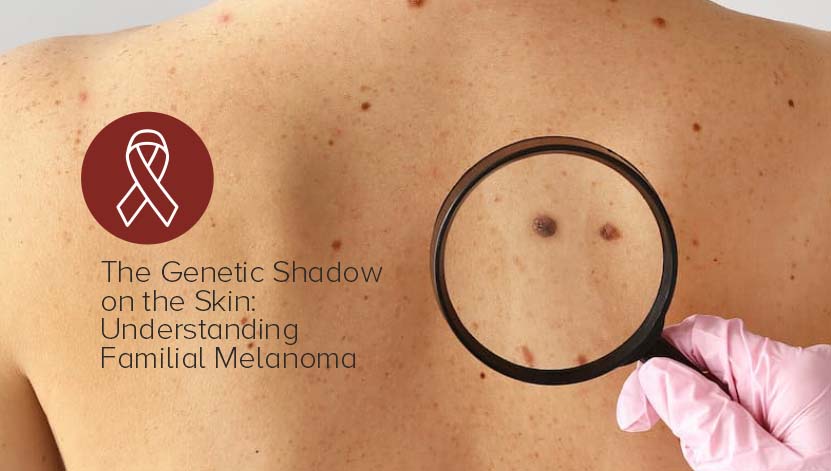Melanoma is often regarded as a solo artist in the dangerous symphony of cancers, a crafty cell that evades the immune system, gestating stealthily until it launches its fatal spread. But sometimes, melanoma's menace is orchestrated by a genetic conductor, and the solo becomes a grotesque family affair.
